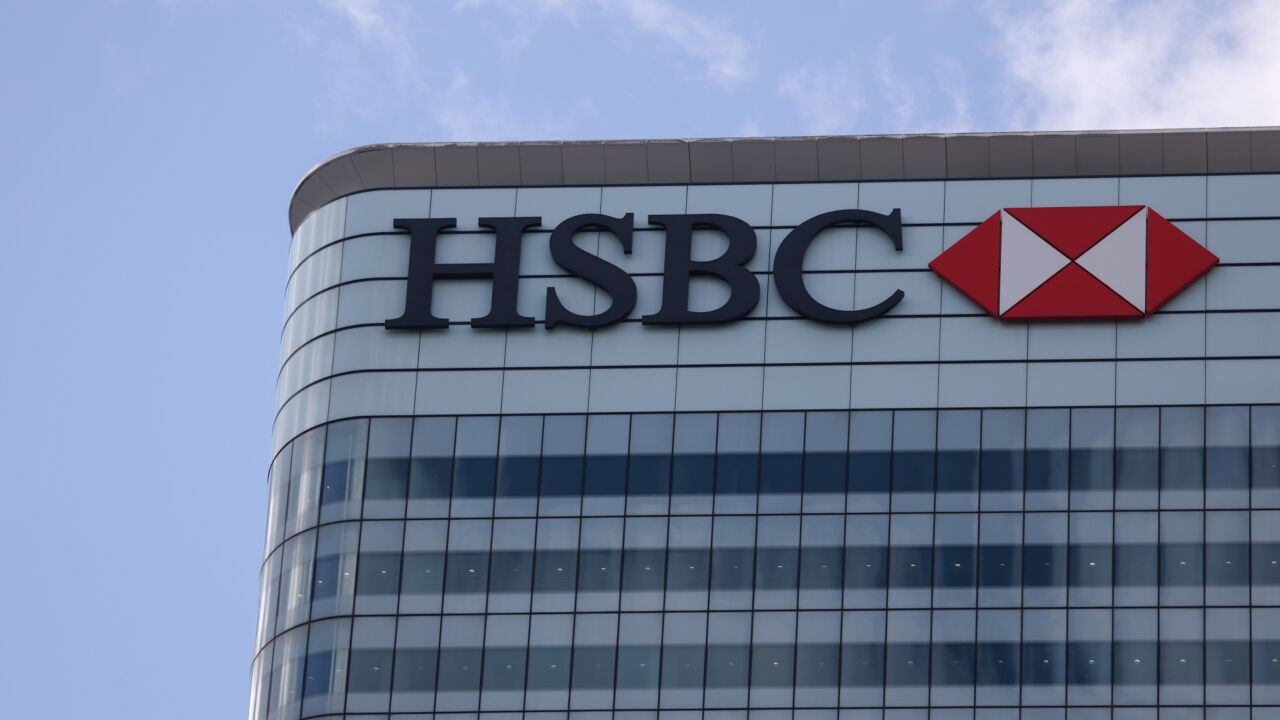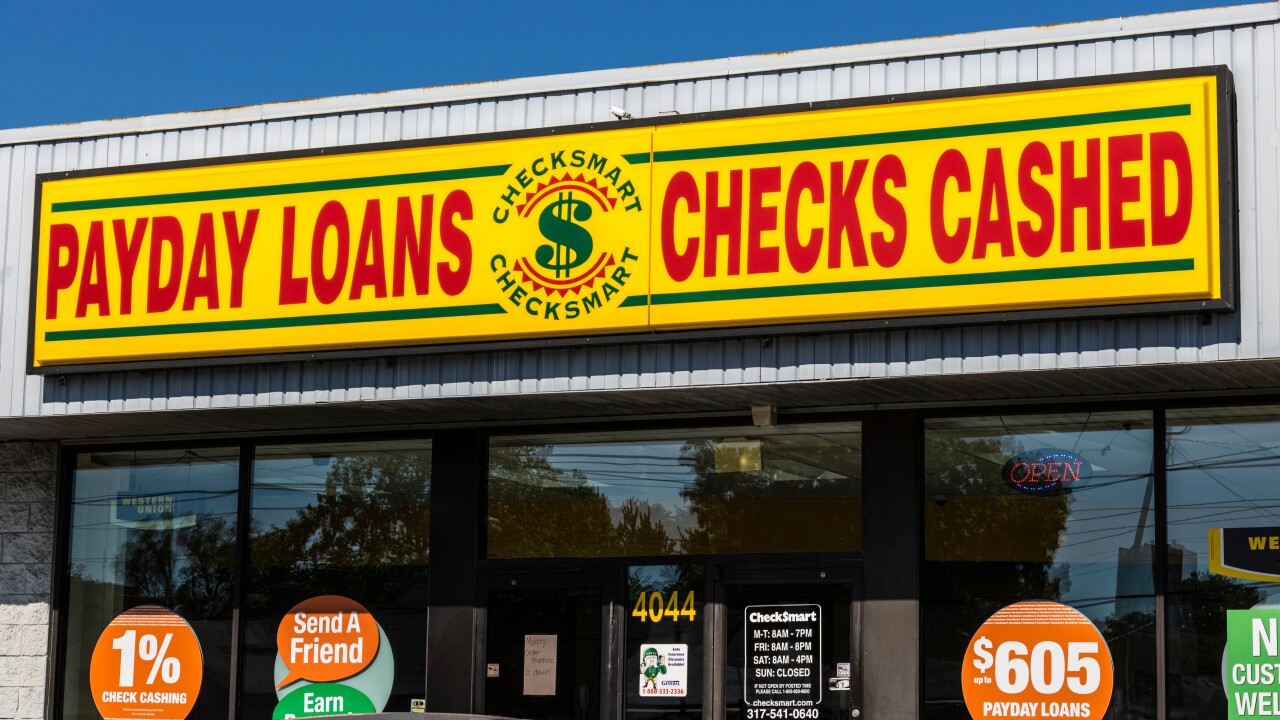In the 1940s and 1950s, Paducah, Ky., was a destination for jazz musicians such as Louis Armstrong and Duke Ellington; the thriving port city at the confluence of the Tennessee and Ohio rivers was an important stop on the "Chitlin' Circuit," a safe set of performance venues for African-Americans.
However, like many other small Midwestern cities, Paducah fell on hard times in recent decades. Lowertown, one of the first neighborhoods settled, became a center for the local drug trade, and historic Victorian houses there were cut haphazardly into low-rent apartments, accelerating the neighborhood's decline.
 |
| Before Click for full version. |
 |
| After Click for full version. |
But Paducah, particularly Lowertown, has been enjoying a rebirth lately, in part because of the efforts of Paducah Bank and Trust Co. Lowertown has emerged as a thriving artists' neighborhood, and tourism is on the rise in Paducah as art lovers flock to the city to view their work.Lowertown's turnaround began in 2000 after Mark Barone, a local artist, witnessed a drug deal take place across the street from his home. He envisioned Lowertown as an artists' community and, along with the city's planning director, Tom Barnett, worked with city officials and Paducah Bank and Trust to develop the Artist Relocation Program. Its aim: to encourage other artists to live and work in Lowertown.
Paducah officials began touting a law already on the books that permitted artists to operate galleries in their homes. Meanwhile, Paducah Bank and Trust, the only locally owned bank in McCracken County, started offering special mortgages to artists committed to the neighborhood's revitalization.
Eligible borrowers receive 100% financing for the purchase and rehabilitation of an existing or new structure at a rate of 7% for 30 years. The city itself offers participants free lots as they become available, and it chips in $2,500 for architectural and other professional rehabilitation fees.
So far 75 artists have purchased homes through the program, some of them coming from as far as Washington and San Francisco.
Larry Rudolph, a senior vice president at the $439 million-asset Paducah Bank and Trust, said it has made about $10 million of loans to artists through the program. The bank's main office is in Lowertown, he said, and it has an interest in doing its part to breathe life back into the neighborhood.
"We had to clean up our own backyard," Mr. Rudolph said.
The program "is a great opportunity for Paducah Bank to be part of a program that revitalized what was once a beautiful neighborhood," he said. "It also is an opportunity to attract new, incredibly gifted individuals to the community to become productive citizens."
Mark Palmer, an abstract painter, said he decided to move to Paducah after he got priced out of Washington, where he had supplemented his income by working at a Ritz-Carlton hotel.
He said gentrification of his Washington neighborhood led to a rapid rise in rent. Paducah, too, is becoming gentrified, but "the artists won't get kicked out, because they own the property."
Mr. Barnett said he believes artists are essential to reviving a community. "Artists don't look at existing conditions, but see the potential," he said. "They are going to give you a double bang for your buck, because they will both fix up the area and attract people."
The influx of artists has helped boost tourism, which increased 15% in McCracken County from 2003 to 2005, the last year for which statistics are available, according to the Kentucky Department of Tourism.
Rosemarie Steele, the marketing director with the Paducah Convention and Visitors Bureau, said the artists' community cannot take all the credit for the increase — Paducah also is home to a quilting museum and hosts a popular quilting festival each year — but it is a factor. The bureau has more than doubled its marketing budget in recent years, to about $200,000, in large part so it can market its artists' community, she said.
Paducah Bank and Trust says it has been so pleased with the results in Lowertown that it has committed to another neighborhood redevelopment project. The Fountain Avenue Neighborhood Revitalization Program aims to encourage Paducah residents to move to that neighborhood by offering them properties at reduced rates or even no cost, so long as they commit to rehabilitating them.
Mr. Rudolph said that his bank will offer loans similar to those it is making in Lowertown, and that he hopes other banks in town will follow suit. "It is our hope that some of the other banks in Paducah will understand how vital it is to continue to improve our city," he said.





